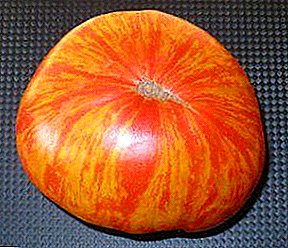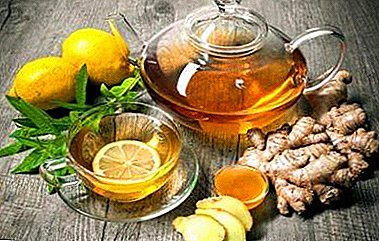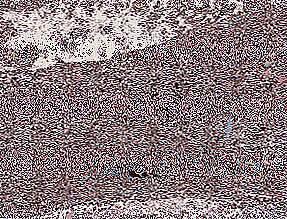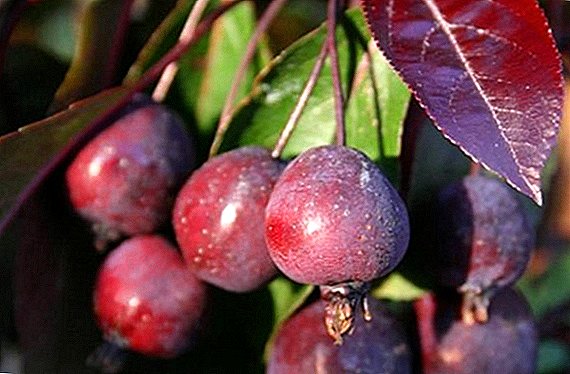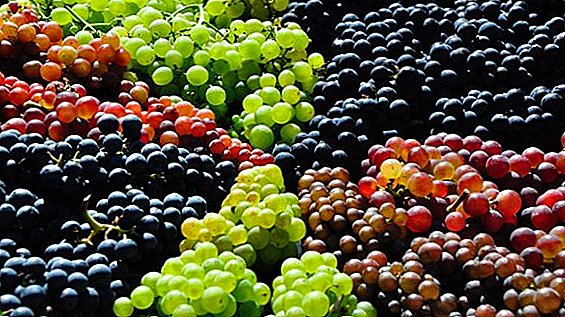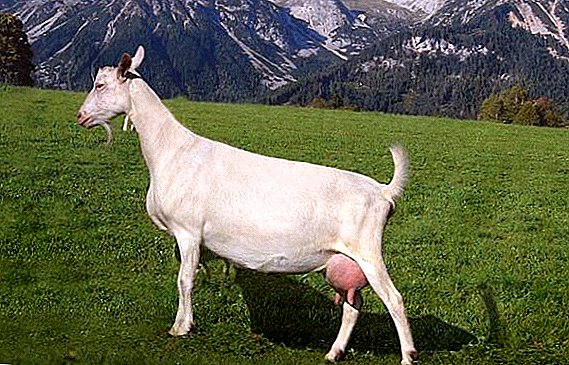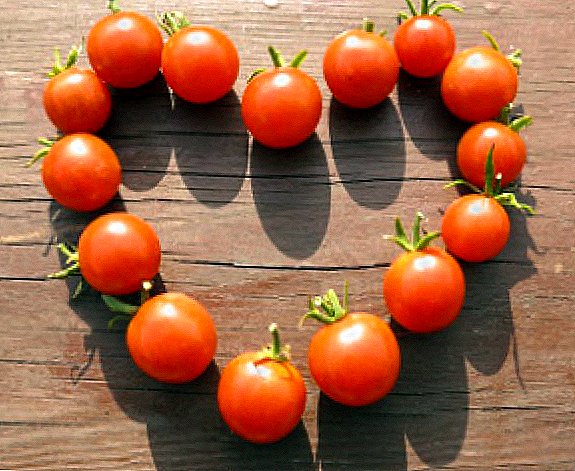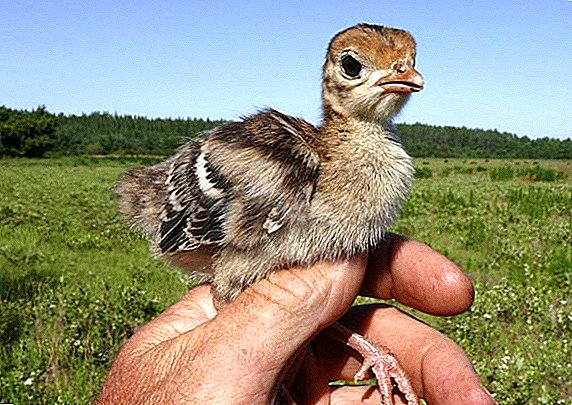 To keep turkeys is not difficult and profitable enough: dietary meat is always in price, and the weight of the carcass is more than, for example, in chicken and even in goose. About the weight of the turkey and tell you in this article: what it depends on and for what reasons the bird does not gain the desired mass.
To keep turkeys is not difficult and profitable enough: dietary meat is always in price, and the weight of the carcass is more than, for example, in chicken and even in goose. About the weight of the turkey and tell you in this article: what it depends on and for what reasons the bird does not gain the desired mass.
What determines the weight
Let's consider the reasons that can affect the weight of the bird:
- sex - females usually weigh about five kilograms less than males;
- breed - birds differ in size, body structure;
- Age - ideal for meat is 5-6 months. At this time, a maximum in the set is reached, it is believed that the bird will not have a larger percentage of meat gain;
- diet - there should be a clear balance of minerals, vitamins, enough calories, water is always available;
- diet mode - you need to feed the bird at the same time (babies more often, teenagers less often);
- health condition - a healthy chick grows faster;
- care and conditions of detention.
Did you know? Kuldykane - sounds that turkeys emit are characteristic only for males, females do not communicate like that. Kuldykane - this is a kind of statement of the male that the territory belongs to him, as well as a signal to attract the female.

It is useful to know how to increase the productivity of turkeys and what are the features of turkey breeding.
General growth rates by months
For clarity, the average data is shown in the table:
| Age | Female weight in grams | Male weight in grams |
| 3 days | 50 | 56 |
| A week | 140 | 160 |
| Two weeks | H40 | 390 |
| Month | 1 100 | 1 400 |
| Two months | 3 700 | 4 800 |
| Three months | 7 300 | 9 800 |
| Four months | 9 000 | 14 300 |
| Five months | 11 000 | 16 900 |
| Six months | 11 800 | 17 800 |
As we can see from the table, the increase is uneven:
- first, the baby intensively increases the weight;
- the peak of growth is in the interval from two to four months;
- after sixteen weeks, the growth stops, although the bird continues to gain weight;
- after six months of age, growth is usually not observed.
How to determine weight
Modern farmers use electronic scales, they are more accurate in indications and convenient to use.
It is not difficult to apply a spring device. The chick should be placed in a special bag with holes for the head and paws or a box in which the bird is upside down.
If you need to weigh a group of birds, apply decimal scales, on which you can arrange a cage with the desired number of individuals.
VIDEO: HOW TO WEIGHT THE TURKEY
How much does an adult turkey weigh
Consider the weight of adults of the most popular breeds for domestic breeding birds.
White wide breasted
Relatively young breed, obtained by crossing white Dutch and bronze wide-breasted turkeys. The main advantage is adaptation to any climate conditions.
Learn more about the features of breeding white wide-breasted turkeys.
The breed is divided into three species, individuals of which (females / males) have a different weight:
- light - 5kg / 9kg;
- medium - 7 kg / 15-17 kg;
- heavy - 11 kg / 23-26 kg.

Important! Upon reaching the age of six months, the chicks cease to gain mass, they are slaughtered, because the content is not profitable.
White Moscow
Bred in Russia by crossing local specimens with Dutch and Beltsville specimens. The breed has a growth during the year of life, it is used as an egg-meat one. The mass of the female is up to 8 kg, the male is 13-15 kg.
Bronze standard
One of the most sought after varieties in farms. The main advantage is that turkeys are excellent hens, hatching even alien offspring. The breed is of medium size, however, is in demand from farmers. Females weigh from 4.5 kg to 6 kg, males - 7-10 kg.
Find out what valuable bronze wide-breasted turkeys are.

Uzbek fawn
The breed is bred and used in the conditions of Central Asia. The average weight of females - 5-7 kg, males - 10-12 kg. In our latitudes, low weight gain and productivity of individuals in egg laying are noted.
Features breeding turkey breed Uzbek fawn.

Black Tikhoretskaya
Black Tikhoretskaya - the result of the work of breeders of the Krasnodar Territory, is intended for slaughter for meat. Middle breed, weight of females - up to 6 kg, males - up to 10 kg. Growth ends at about five months of age. 
What are the largest turkeys
Broiler turkeys are characterized by rapid growth and large mass, the list of the largest of them:
- Canadian wide-breasted - 15-17 / 30 kg;
- Cross Big-6 - 12/30 kg;
- White wide-breasted - 10/25 kg;
- BJT-9 - 11/26 kg;
- Cross Big-9 - 11/22 kg;
- Grade maker - 10/20 kg.
- North Caucasian White - 9/18 kg.
Check out the list of the most relevant turkey crosses.
Why don't turkeys gain weight
The main reasons for the lack of body weight can be:
- disease;
- improper care;
- unbalanced diet.
To find out whether the bird is healthy, you need to contact the appropriate specialist. Often, birds refuse to eat, feeling unwell.
VIDEO: TIPS ON FEEDING TURKEYS Birds can develop poorly due to inappropriate conditions:
- too close dark house;
- humidity, cold, the presence of drafts;
- lack of walking;
- lack of fresh water;
- dirt in the place of residence.
- fiber;
- low quality animal feed;
- stale food (mash is prepared 15 minutes before meals);
- grain as a whole.
Did you know? The bird owes its name to the Indians who first domesticated it in the territories of modern Mexico. Scientists from the University of Pennsylvania discovered and shared this fact. In Europe, the birds got with the Spaniards in 1519.
How to feed poults to grow well and gain weight
On the first day of life, babies are fed dairy products:
- cottage cheese;
- buttermilk;
- powdered milk;
- sour milk.
We advise you to familiarize yourself with the features of incubation of turkey eggs and the necessary conditions for growing turkeys in the incubator.
3-10th day (products as a percentage):
- wheat flour - 60%;
- crushed corn kernels - 10%;
- chopped fresh greens - 10%;
- cottage cheese - 8%;
- wheat bran, boiled eggs - 10%;
- ground into dust chalk, shells - 2%.
 After 10 days of age:
After 10 days of age: - corn flour - 30%;
- crushed oats - 30%;
- wheat bran - 20%;
- cottage cheese - 16%;
- bone meal and limestone - 1-2%;
- salt - 0.5%.
Nutrition adolescents should also be different calorie and the balance of vitamins and minerals, in the summer during walking the young will supplement the diet with fresh grass.
Important! At any age, the presence of fresh water, not cold, about 25 degrees.Breeding birds for meat is not a tricky business, but still requires some knowledge. How attentive you are to your pets will determine their growth and development, as well as your farmer income.



